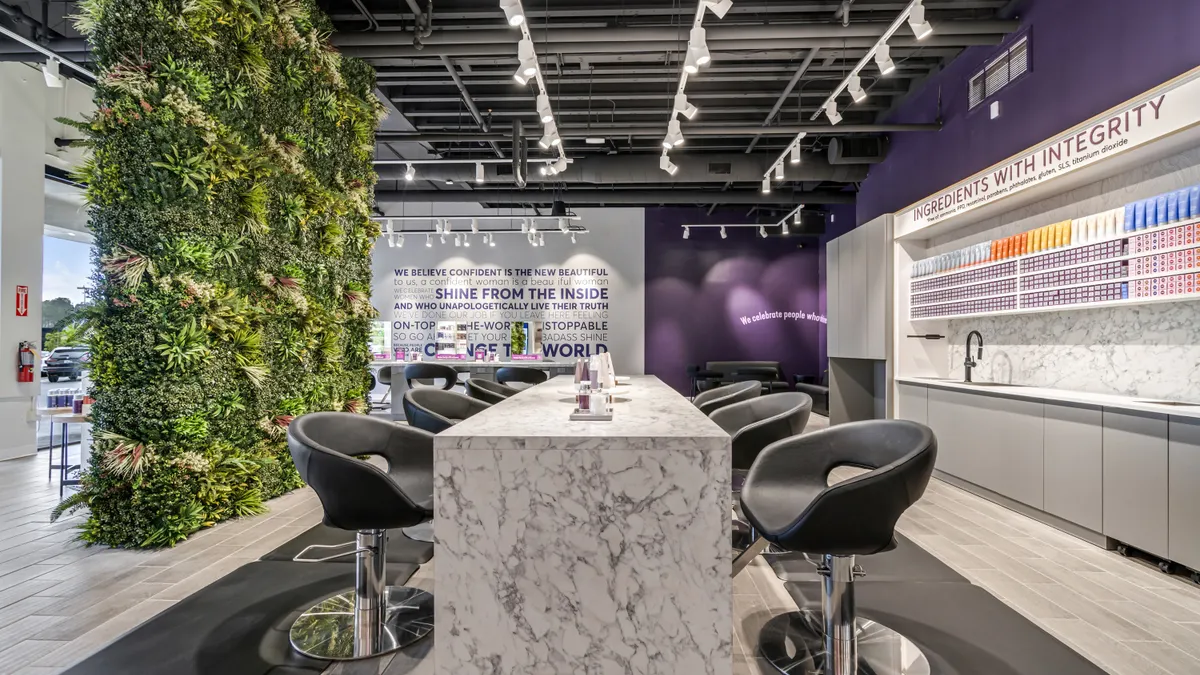Thirty-four years ago this week, Congress passed the Americans with Disabilities Act, a landmark piece of legislation that prohibited discrimination on the basis of disability and required equal access to services and products, among other things.
But the legislation never considered smartphones, AI or automation in a digital era. And as technological advancements have shaped how businesses serve customers, accessibility hasn’t always been top of mind.
“The limitation of the ADA is that it was based on the best-available technology,” Chris Soukup, CEO of Communication Service for the Deaf, told CX Dive. “I think that the challenge is sometimes that the innovation moves so fast that people get left out.”
Not only does Congress need to update the ADA for the current state of business and customer experience, but companies need to see the business case for serving deaf and disabled customers, experts told CX Dive.
“The business benefits of offering accessible customer service are proven and compelling,” Gina Bhawalkar, a principal analyst at Forrester, told CX Dive in an email. “We know that businesses that create accessible products, services, and experiences can increase revenue, decrease costs, improve resilience, and build trust with customers.”
More than 1.3 billion people experience disability and, as a community, they have a spending power of $13 trillion, according to the World Health Organization. That population is also growing as the global populace ages.
“Acting now makes companies more resilient as tougher accessibility regulations emerge and population demographics change,” Bhawalkar said.
CX leaders are uniquely positioned to make accessibility a priority.
“CX plays a critical role in getting accessibility in the conversation that your executives are having and really generating some momentum for it,” Bhawalkar said in an interview earlier this year.
Making customer service accessible
Bhawalkar urges enterprises to take a lead from companies like Microsoft and Google that have dedicated support desks to help customers with disabilities.
“Organizations can start small here by ensuring a small number of your agents are trained in the basics of assistive technologies and understand common challenges faced by customers with disabilities,” she said.
Microsoft, for example, partnered with Be My Eyes to offer human support as well as AI-powered virtual agents 24/7. Customers with visual impairments can share their screen with a live agent or ask these virtual agents their questions.
Soukup is currently advocating for companies to hire customer service agents fluent in American Sign Language. While deaf customers can access an ASL interpreter, it can be a cumbersome process in which a frustrated agent unaccustomed to the process too often hangs up without getting the customer’s inquiry resolved.
More automation in the call center has created more breakdowns in the process, too, he said.
Some companies are already taking the next step: hiring agents who sign. Comcast for Xfinity Internet, Cox Communications, Google and Microsoft all provide ASL customer service.
At Xfinity, deaf customers can go to the website or call a direct number and connect to another deaf person to receive support.
“That solution is the end game that accomplishes that spirit of the Americans with Disability Act in terms of creating that really equal communications experience for the deaf person, being able to go directly in and connect with another deaf person to receive support,” Soukup said.
These businesses also enjoy the loyalty of deaf customers, he said. “This is a really great way to demonstrate inclusive practices and to build loyalty with the deaf customer base.”










